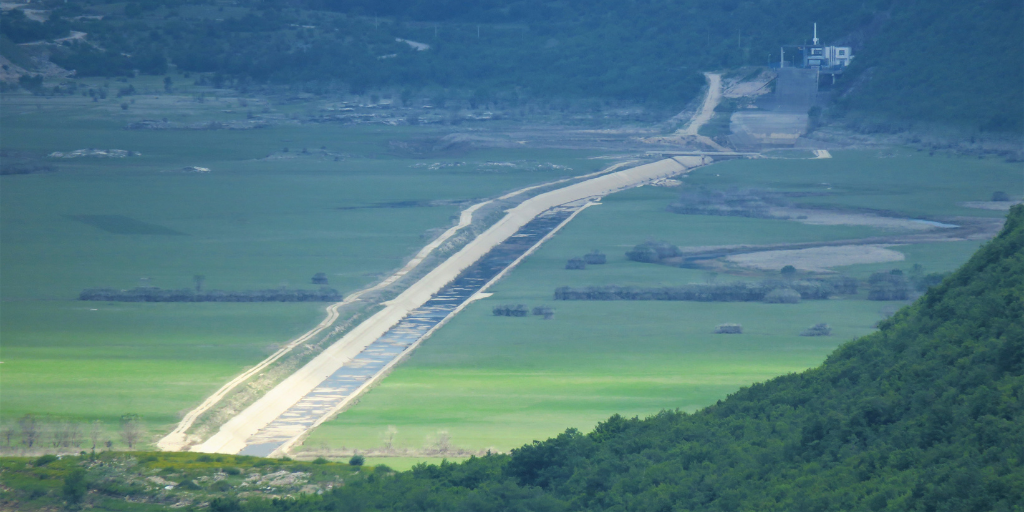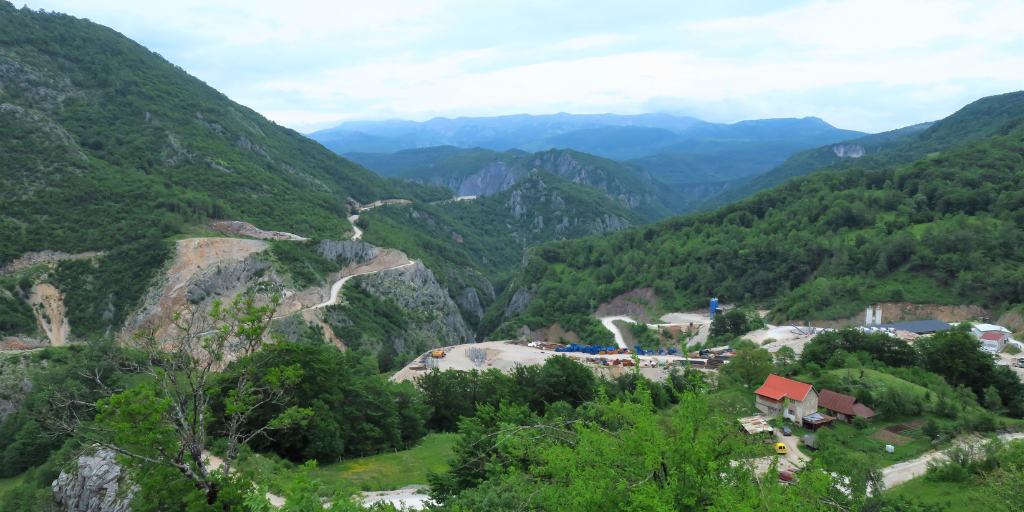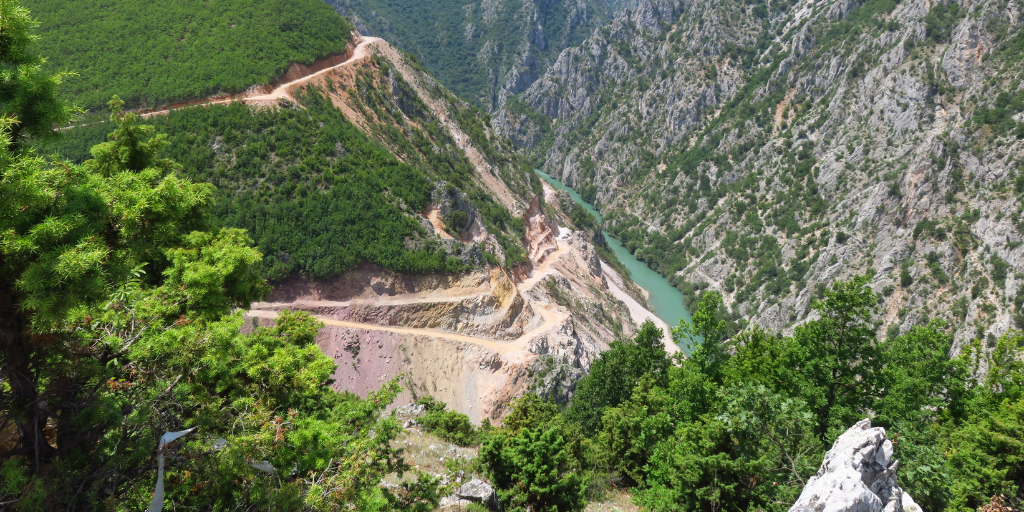A clash is raging between nature and finance. On the one hand, the EU is striving to improve the deteriorating state of nature across Europe, with initiatives like the Biodiversity Strategy 2030 and the European Green Deal. On the other, massive amounts of public money continue to flow to infrastructure projects with devastating impacts on the natural world. Our work where finance meets the natural world advocates for adequate protection and restoration projects to ensure a green future for all.
IN FOCUS
Rivers and communities
The countries of the Energy Community Treaty have diverse energy mixes, but hydropower has traditionally played a strong role in many of them. Albania is almost completely reliant on dams for its domestic electricity generation, followed by Georgia with an average of 80 per cent of electricity generated by hydropower and Montenegro with an average of 55 per cent.
EU funds and biodiversity
In May 2020, EU leaders committed to an ambitious Biodiversity Strategy for 2030, outlining the clear need to act on biodiversity loss and address the failing health of nature.
The historic amount of EU funds now available represents a golden opportunity to increase biodiversity spending and fully realise the objectives of the biodiversity strategy.
As well as addressing the biodiversity crisis, strategically supporting nature through EU funds is also one of the most effective ways to tackle climate change, while providing jobs and improved health at the same time.
Yet, with many of the previous strategy’s objectives left unachieved, the pressure now mounts for this decade. Never before has there been so much potential – and urgency – to use EU funds and investments to address the biodiversity crisis.
Related projects
Upper Horizons hydropower scheme, Bosnia and Herzegovina
A series of dams, diversion tunnels, hydropower plants and channels will completely change the natural hydrology of eastern Herzegovina and have unpredictable impacts on wetlands, rivers and underground karst.
Ulog and Upper Neretva hydropower plants, Bosnia and Herzegovina
A 35 MW hydropower plant is currently under construction on a pristine section of the Neretva river at Ulog. Seven more plants are also planned further upstream.
Skavica hydropower plant, Albania
Instead of increasing its energy security, Albania is pushing the construction of yet more hydropower. The Skavica project may flood several villages, displace thousands of people and bring the Balkan lynx to extinction
Latest news
Environmental groups slate EU plans to weaken nature safeguards in the Western Balkans, Ukraine, Moldova and Georgia
Press release | 25 June, 2024The European Commission must revise ill-advised plans to undermine nature protection rules for renewable energy projects – including hydropower and biomass – under the Energy Community Treaty (1), 40 civil society organisations today underlined in a joint letter.
Read morePoor planning by the European Investment Bank puts at risk one of the largest wind energy projects in the Western Balkans
Blog entry | 19 June, 2024Following concerns from local people, the Aarhus Centre in Sarajevo and CEE Bankwatch Network have started legal actions on the lack of environmental impact assessment and appropriate assessment for the 132 MW Poklečani wind project in Bosnia and Herzegovina (BiH). Hasty decisions by the Federation of BiH authorities and European Investment Bank might end up delaying the project for years.
Read moreDestroying while rebuilding: Flawed hydro project set for Polish just transition region needs a rethink
Blog entry | 7 May, 2024Eastern Wielkopolska, one of Poland’s just transition regions, urgently needs to repair the damage caused by decades of lignite mining. One controversial hydrological project slated for the region aims to flood open pits and stabilise water levels. But while these measures appear to be positive steps towards making amends, the environmental impacts of the project have not been assessed, which is likely to result in a number of unintended and damaging consequences.
Read moreRelated publications
Questionable transition impact of the Ombla and Boskov Most hydropower plants
Advocacy letter | 4 November, 2011 | Download PDFThe EBRD has a specific mandate to promote transition to a market economy and to ensure environmental sustainability in all its operations. Additionally to the unacceptable environmental impacts of the hydropower plant projects Ombla (Croatia) and Boskov Most (Macedonia), both projects do not comply with the EBRD’s mission. We believe the bank should not support them.
Open letter requesting EBRD to withdraw from the Ombla hydroelectric plant project
Advocacy letter | 26 October, 2011 | Download PDFThe Ombla hydropower plant is planned to be built in a cave in Croatia that is part of a proposed Natura 2000 site, but the environmental, economic and social impacts have only insufficiently been assessed by the project promoters. More than 30 Croatian and international civil society organisations therefore urged the EBRD to not approve a loan for the project.
Paravani Hydro Power Plant, Georgia
Briefing | 15 May, 2011 | Download PDFThe Turkish company Georgian Urban Energy (GUE) has requested a USD 44 million EBRD loan for the Paravani HPP, an 87 MW plant using a 14 km derivation tunnel in order to divert water from the Paravani river to the Mtkvari river. Bankwatch member group Green Alternative has deep concerns regarding the project’s potential negative impacts as well as its overall justification.



